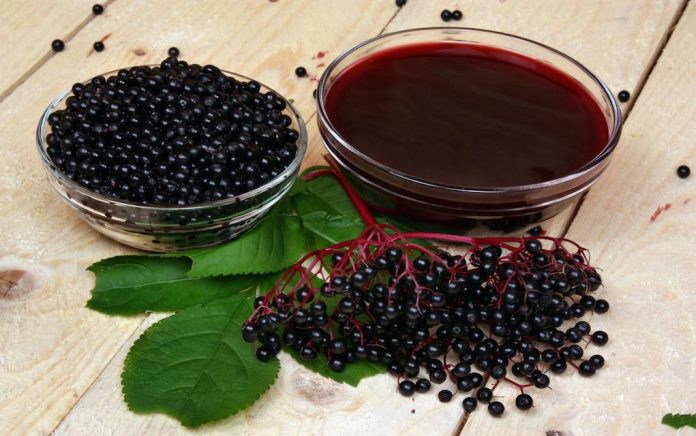
In times like these, it’s sometimes hard to determine what information is legitimate and what should be ignored. There have, for example, been some inaccurate reports about the potential effects of using elderberry to help support your immune system when it comes to a virus and more specifically during this pandemic. Quite simply, there is no valid correlation between elderberry and Cytokine Release Syndrome (CRS), or a “cytokine storm.”
Here are the facts:
- There are no reported cases of elderberry and cytokine storms.
- The only data related to elderberry and elevated cytokines is from a European study using only healthy volunteers. This study demonstrated that elderberry may work partly as a preventive measure.
- The association between elderberry and cytokine storm is not probable; elderberry is unlikely to be able to cause cytokine storm whether it is used during infection or as a preventive measure.
Understanding cytokines
There are many kinds of cytokines, which are proteins made by the immune system that serve as chemical messengers. Basically, cytokines are cell signaling molecules that facilitate cell-to-cell communication in immune responses. Cytokines are involved in many aspects of inflammation and immunity. This includes stimulating the movement of cells towards sites of inflammation, infection, and trauma.
A cytokine storm is an excessive immune response. It may happen during the later stages of severe illness, acute respiratory distress syndrome, or sepsis. By the time a person experiences a cytokine storm in a respiratory distress situation, they would most likely be in a significantly compromised state. They may even be in the ICU on life-saving respiration equipment with care being managed by medical professionals.
Read: 8 Immune System Boosting Foods
Immune system support with elderberry
There is a long history of using elderberry for immune support*. Culinary and folk medicinal use of the berries and flowers goes back thousands of years. Used as a herb, elderberry works in a variety of ways in the body. Herbs are generally believed to support physiology, rather than act as overt stimulants.
A study done using Sambucol elderberry syrup suggested that elderberry may support a beneficial cytokine production in healthy individuals. The study did not suggest that elderberry would cause a cytokine storm in situations where the immune system is taxed by an underlying condition. Additional studies have found that elderberry did not stimulate cytokine production. (Remember, there are many kinds of cytokines.)
Bottom Line
What does this mean to you and your family?
- There are no reported cases or associations of elderberry and cytokine storm.
- The only data on elderberry and elevated cytokines is from a study using only healthy volunteers. This means all we know is that when elderberry is used as a preventive measure, it may work partially in this manner.
- Elderberry is not likely to be capable of causing cytokine storm whether used for prevention of infection, or during an infection.
REFERENCES:
-
Barak V, Halperin T, and Kalickman I. The effect of Sambucol, a black Elderberry-based, natural product, on the production of human cytokines: I. inflammatory cytokines. European Cytokine Network 12, no. 2 (June 2001): 290–96. https://www.ncbi.nlm.nih.gov/pubmed/11399518
-
Herbal Medicine and Cytokine Storm in Respiratory Infection. Herbal Medicines and Cytokine Storm in respiratory infection. Paul Bergner Director, North American Institute of Medical Herbalism, http://naimh.com
-
What Are Cytokines? – Definition, Types & Function https://study.com/academy/lesson/what-are-cytokines-definition-types-function.html
-
Tisoncik JR, Korth MJ, Simmons CP, Farrar J, Martin TR, & Katze MG. Into the eye of the cytokine storm. Microbiol Mol Biol Rev. 2012 Mar 76(1): 16-32.
-
https://www.ncbi.nlm.nih.gov/pmc/articles/PMC3294426/
-
Kirichenko TV, Sobenin IA, Nikolic D, Rizzo M, and Orekhov AN. Anti-cytokine therapy for prevention of atherosclerosis. Phytomedicine: International Journal of Phytotherapy and Phytopharmacology 23, no. 11 (October 15, 2016): 1198–1210. https://doi.org/10.1016/j.phymed.2015.12.002.










